
The Timeless Beauty of the Taj Mahal
Explore the Taj Mahal, a UNESCO World Heritage site, and immerse yourself in the rich history and stunning beauty of this iconic monument in Agra, India.
The Taj Mahal, a UNESCO World Heritage site and one of the New Seven Wonders, captivates tourists with its ethereal marble beauty, intricate craftsmanship, and rich history. Nestled along the banks of the Yamuna River in Agra, this architectural marvel stands as a symbol of love, built by Emperor Shah Jahan in memory of his beloved wife, Mumtaz Mahal. A visit to this iconic monument promises unforgettable memories and stunning photo opportunities.
A brief summary to Taj Mahal
- Agra, Dharmapuri, Forest Colony, Tajganj, Uttar Pradesh, 282001, IN
- +915622226431
- Visit website
Local tips
- Visit early in the morning to avoid crowds and enjoy a peaceful atmosphere while capturing stunning photographs.
- Consider hiring a knowledgeable local guide for a deeper understanding of the Taj Mahal’s history and architectural significance.
- Dress modestly, as it is a place of cultural significance, and be prepared to walk on marble surfaces for an extended period.
- Take advantage of the evening light by planning to stay for the sunset, when the Taj Mahal glows in various shades of pink and orange.
- Check the official website for any special events or night viewing opportunities, as the Taj Mahal occasionally opens for nighttime visits.
Getting There
-
Car
From the Himalayan Mountains, start your journey towards Agra by taking National Highway 44 (NH44). Depending on your starting point, you may need to drive through picturesque towns and valleys. The total distance from popular hill stations like Manali or Shimla to Agra is approximately 600-700 km, which can take around 12-15 hours. Ensure you have ample fuel and plan for rest stops along the way, as this route can be winding and may require cautious driving. Once you reach Agra, follow the signs to the Taj Mahal, located in the Dharmapuri area, close to the Yamuna River.
-
Public Transportation
If you prefer public transportation, you can take a bus from major towns in the Himalayas to Delhi. Several state-run and private buses operate on this route. Once in Delhi, head to the Delhi Railway Station and board a train to Agra. The train journey takes about 2-3 hours. Upon arriving at Agra Railway Station, you can hire an auto-rickshaw or taxi to the Taj Mahal, which is approximately 5 km away. Note that train tickets should be booked in advance, especially during peak tourist seasons, and local transportation costs will vary.
-
Combination (Car and Train)
Another option is to drive to the nearest major railway station, such as Chandigarh or Ambala, which are both about 300-400 km from the Himalayas. From there, you can take a train directly to Agra. This could save time and allow for a more comfortable journey. The train ride will take approximately 4-5 hours. After reaching Agra, use local transportation like auto-rickshaws or taxis to get to the Taj Mahal. Remember to check train schedules in advance to plan your trip efficiently.
Discover more about Taj Mahal
Iconic landmarks you can’t miss
Kandhari Begum Tomb
0.4 km
Discover the serene beauty of Kandhari Begum Tomb in Agra, a historical landmark showcasing Mughal architecture and rich cultural heritage.
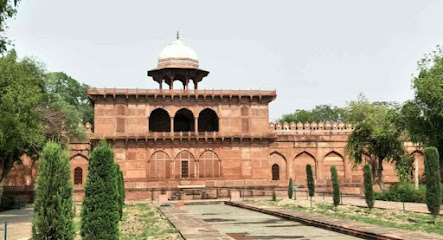
Agra
1.5 km
Discover Agra, home to the Taj Mahal and rich Mughal history, where every corner tells a story of India's vibrant culture.

Takht-E-Jahangir
1.9 km
Discover the majestic Takht-E-Jahangir in Agra, a stunning historical landmark embodying the rich Mughal heritage and architectural splendor.
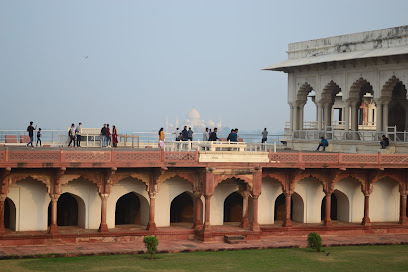
Shahi Jama Masjid Agra
2.6 km
Explore the Shahi Jama Masjid in Agra, a stunning example of Mughal architecture and a serene cultural landmark amidst the vibrant local life.
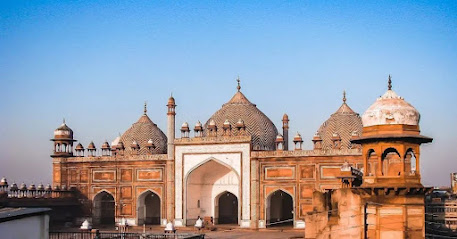
Agra heritage walks
2.7 km
Experience the cultural richness of Agra through guided heritage walks, exploring its historic sites, local stories, and artisan crafts.
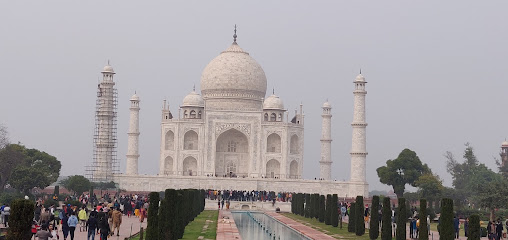
Chini Ka Rauza
3.0 km
Explore Chini Ka Rauza, a serene monument in Agra featuring stunning terracotta tiles and rich Mughal history, perfect for a tranquil escape.

Subhash Emporium
3.1 km
Explore the unique artistry of Indian handicrafts at Subhash Emporium, Agra’s premier destination for exquisite handmade treasures.
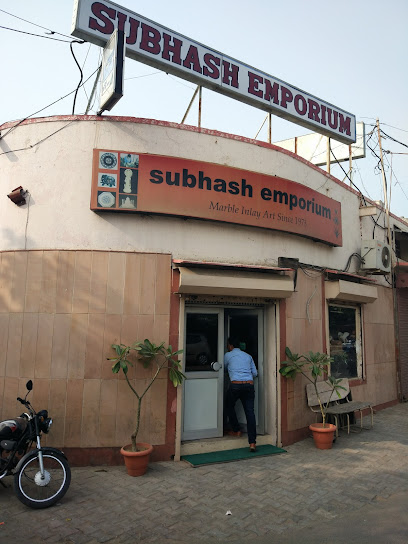
Agra art gallery
3.2 km
Discover the vibrant art scene at Agra Art Gallery, showcasing traditional handicrafts and contemporary masterpieces in the heart of Agra.
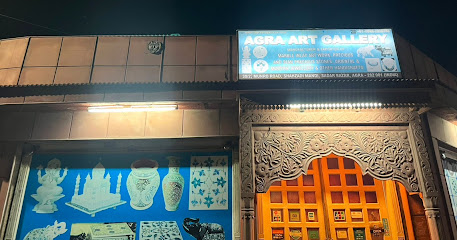
Zonal park chowpatty
3.2 km
Experience the charm of Agra at Zonal Park Chowpatty, an idyllic retreat for relaxation and cultural immersion amidst lush landscapes.
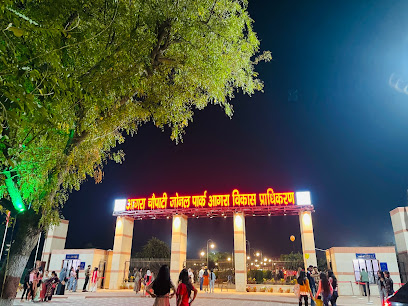
ram Bagh
3.3 km
Explore the historical beauty and serene landscapes of Ram Bagh, Agra's oldest garden, designed by Mughal Emperor Babur.
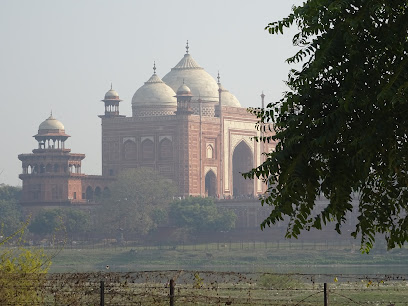
Sadar Bazar
3.4 km
Experience the vibrant atmosphere and rich culture of Agra at Sadar Bazar, a bustling marketplace filled with local crafts and delicious street food.

The Agra Division (North Central Railway Zone) - Agra City, Uttar Pradesh, India
3.4 km
Explore Agra Division: A mesmerizing blend of history, culture, and architectural wonders in Uttar Pradesh, India.
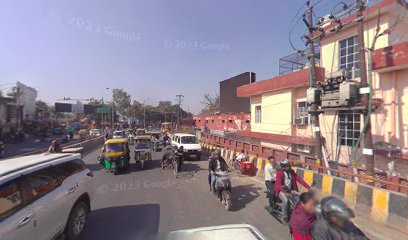
Aga khan ki haweli
3.4 km
Discover the serene beauty and rich history of Aga Khan Ki Haweli, a hidden architectural gem in Agra, India, perfect for cultural enthusiasts and explorers.
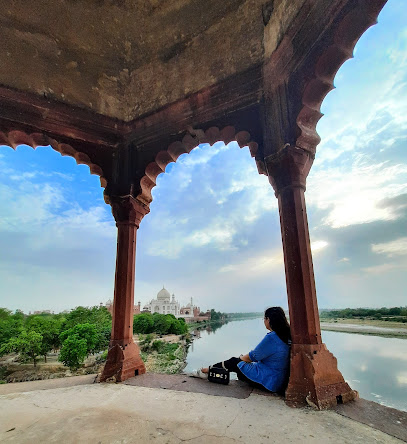
আগ্রা গরিনা বাড়ি
3.4 km
Discover the majestic Agra Fort, a UNESCO World Heritage site, showcasing stunning Mughal architecture and rich historical significance in Agra.
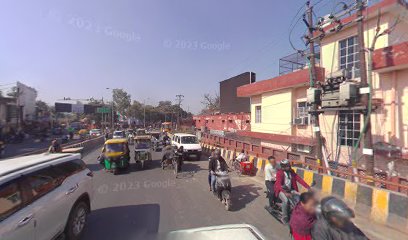
Taj Mahal Sunrise Tour From Delhi
3.4 km
Discover the Taj Mahal at sunrise on a guided tour from Delhi, capturing its beauty in the golden light of dawn.
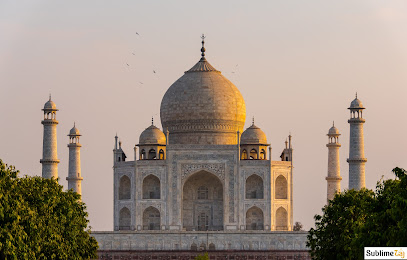
Unmissable attractions to see
Mehmaan khana
0.1 km
Explore the historical charm of Mehmaan Khana, a captivating landmark and museum that unveils the rich heritage of Agra and its vibrant culture.
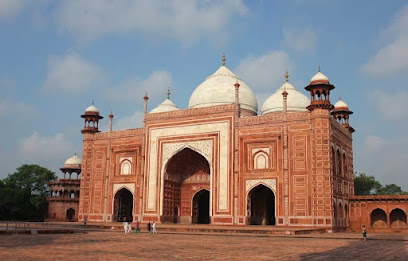
Taj Mahal Mosque
0.1 km
Explore the stunning Taj Mahal Mosque in Agra, where exquisite Mughal architecture meets spiritual tranquility, just steps away from the iconic Taj Mahal.
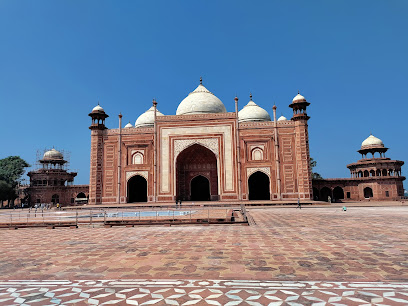
Mughal Garden _agra
0.2 km
Experience the serene beauty of Mughal Garden in Agra, a stunning example of Mughal architecture and landscape design, perfect for relaxation and exploration.
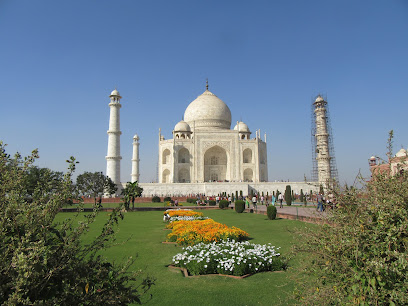
Mughal Garden
0.2 km
Experience the beauty and tranquility of Mughal Garden, a stunning oasis in Agra with rich history and breathtaking landscapes.

Yamuna River
0.2 km
Experience the serene beauty and cultural significance of the Yamuna River, a stunning backdrop to Agra's majestic Taj Mahal.
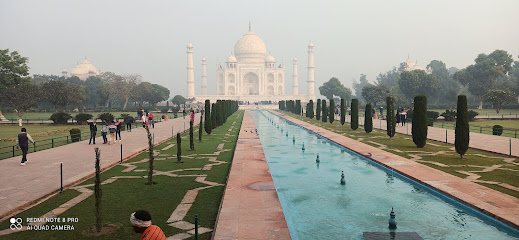
Taj Yamuna View Point
0.2 km
Experience the awe-inspiring views of the Taj Mahal at the Taj Yamuna View Point, a must-visit scenic destination in Agra, India.
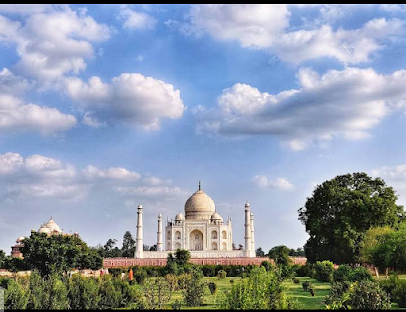
Char Bagh
0.2 km
Discover the serene charm of Char Bagh, a Mughal garden near the Taj Mahal, perfect for relaxation, photography, and a taste of history.
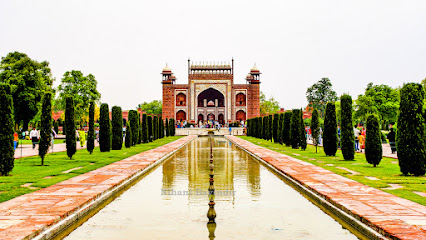
Taj riverside
0.2 km
Experience the peaceful charm of Taj Riverside, where stunning views of the Taj Mahal meet the serene banks of the Yamuna River.
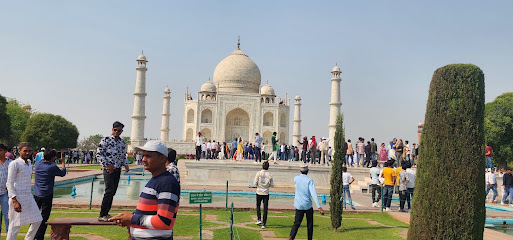
Taj Museum
0.3 km
Discover the rich history of the Mughal Empire at the Taj Museum, just steps away from the iconic Taj Mahal in Agra.

Taj Mahal Nursery
0.3 km
Explore the serene beauty and historical significance of the Taj Mahal Nursery, a perfect retreat near Agra's iconic Taj Mahal.
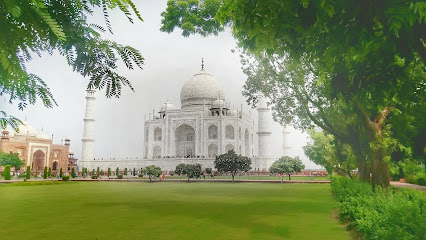
Taj Mahal Jama Masjid
0.3 km
Discover the beauty and serenity of Taj Mahal Jama Masjid, a stunning mosque in Agra showcasing exquisite Mughal architecture and spiritual tranquility.
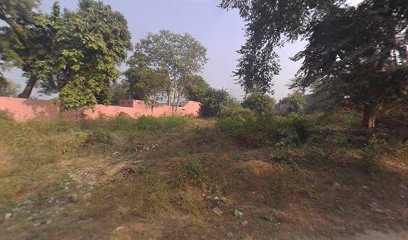
Taj View Point ADA
0.4 km
Experience breathtaking views of the Taj Mahal at Taj View Point, the perfect spot for unforgettable photos and serene relaxation in Agra.
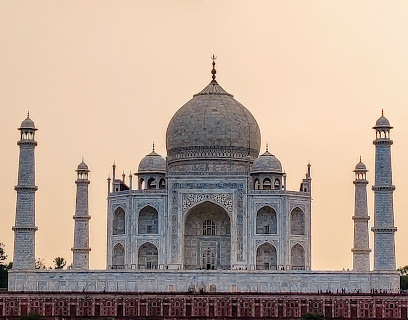
Taj Mahal Yamuna view point
0.4 km
Experience the serene beauty of the Taj Mahal from the tranquil Yamuna View Point, a perfect escape for breathtaking views and memorable moments.
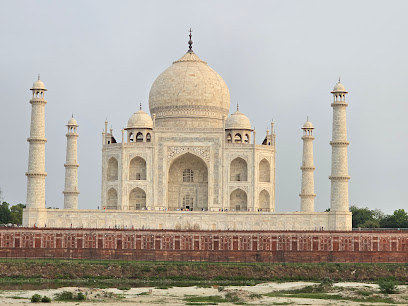
Taj View Booking Counter (Mehtab Bagh)
0.4 km
Discover breathtaking views of the Taj Mahal at the Taj View Booking Counter in Mehtab Bagh, a serene historical landmark in Agra, India.
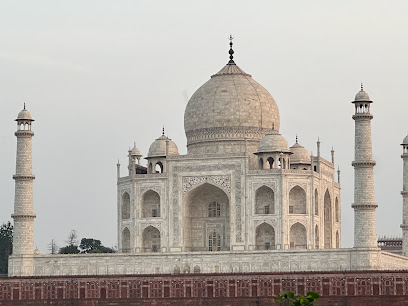
Taj Mahal Agra Tour Guide (Govt. approved) English & German family
0.5 km
Uncover the timeless beauty and deep history of the Taj Mahal with expert guides for an unforgettable journey through Agra's monumental legacy.
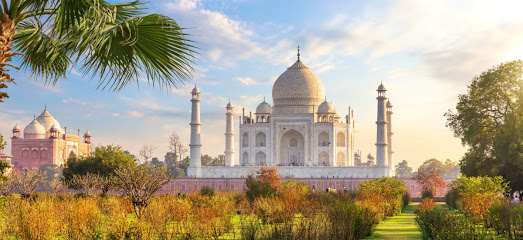
Essential places to dine
Joney's Place
0.7 km
Experience the best of Indian cuisine alongside global flavors at Joney's Place in Agra – a culinary delight for every traveler.
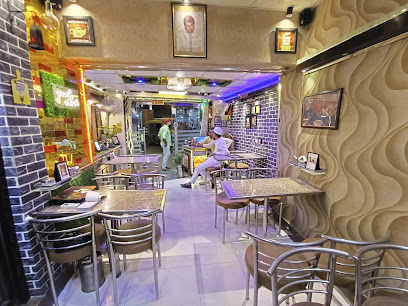
Shankara Vegis Restaurant
0.7 km
Experience authentic vegetarian Indian cuisine at Shankara Vegis Restaurant, conveniently located near the Taj Mahal in Agra.
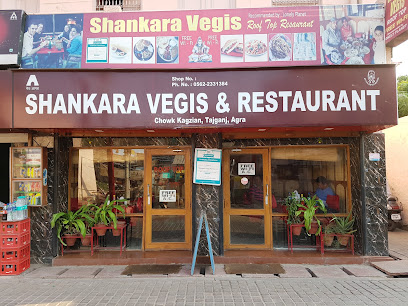
Treat Restaurant
0.7 km
Experience a delightful blend of Korean and Asian cuisines at Treat Restaurant near the Taj Mahal in Agra.

Taj Cafe Restaurant A/C ROOF TOP
0.7 km
Discover a culinary oasis at Taj Cafe Restaurant A/C ROOF TOP in Agra, where authentic Indian flavors meet stunning rooftop views.
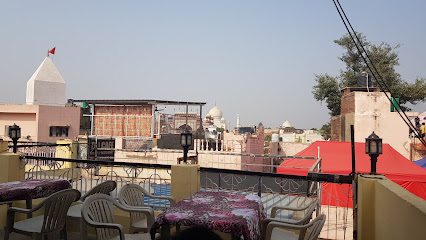
25 Hours Hangout Cafe
0.9 km
Discover the culinary delights of 25 Hours Hangout Cafe in Agra - where local flavors meet global cuisine in a cozy atmosphere.
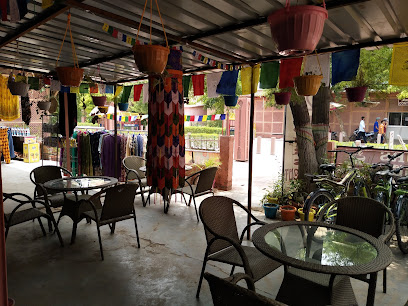
Esphahan
1.0 km
Experience luxury dining at Esphahan with exquisite Mughlai cuisine and stunning views of the Taj Mahal in Agra.
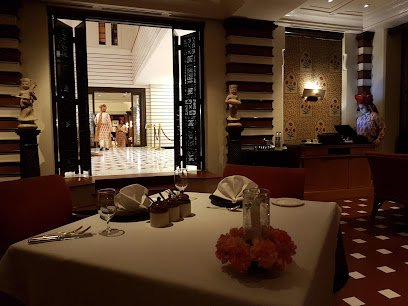
The Oberoi Amarvilas, Agra
1.0 km
Discover unparalleled luxury at The Oberoi Amarvilas in Agra, offering stunning views of the Taj Mahal and exquisite dining experiences.
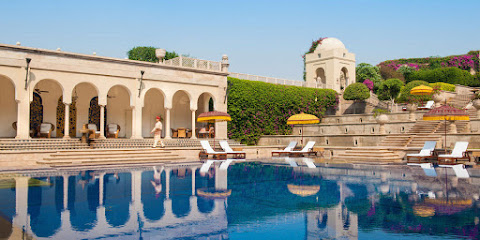
Tea’se Me - Rooftop Cafe
1.1 km
Discover Tea’se Me - Rooftop Cafe in Agra: A delightful culinary escape with stunning views and cozy ambiance for every traveler.
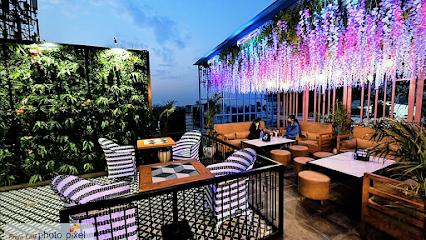
Amazing Restaurant
1.1 km
Discover the flavors of India at Amazing Restaurant in Agra – where culinary excellence meets unforgettable dining experiences.
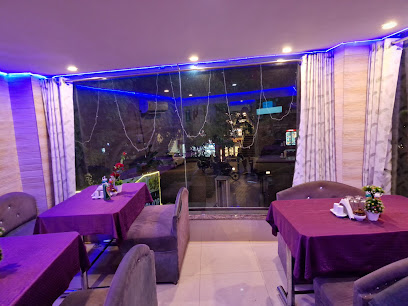
Taj Terrace
1.2 km
Discover diverse culinary delights at Taj Terrace near the Taj Mahal; indulge in Indian, Mughlai, Chinese & Continental cuisine.
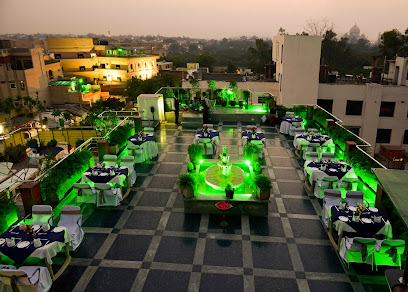
Sour n Spicy Restaurant By Goyal Hoteliers - Best Restaurant in Agra
1.2 km
Experience authentic Indian cuisine at Sour n Spicy Restaurant in Agra, just moments away from the iconic Taj Mahal.
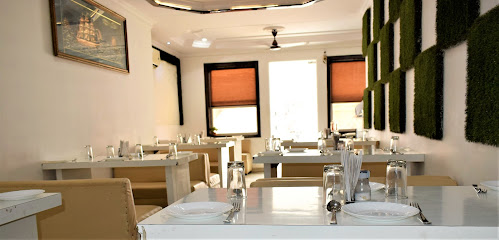
Masala Bistro
1.5 km
Experience a unique blend of Indian and continental cuisine at Masala Bistro near the Taj Mahal in Agra.
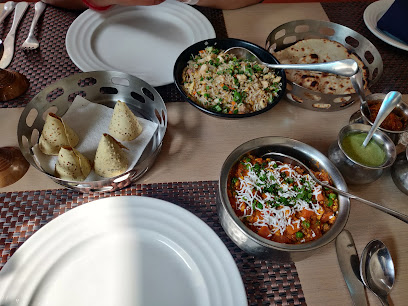
The Nawaabs
1.5 km
Discover authentic North Indian cuisine at The Nawaabs in Agra – where every dish tells a story.
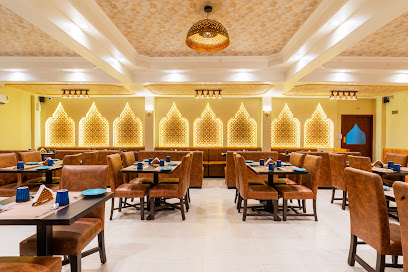
Pashtun || Best Restaurants In Agra For Lunch, Dinner, And Couples Near Taj Mahal
1.5 km
Experience authentic Indian cuisine at Pashtun near Taj Mahal - where every meal tells a story.
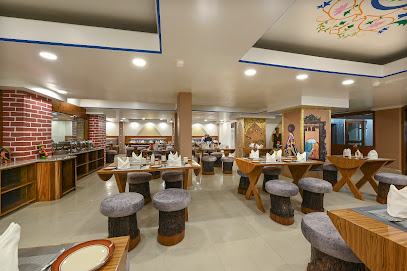
Taj Bano
1.6 km
Savor exquisite Indian cuisine at Taj Bano in Agra – where luxury meets tradition near the iconic Taj Mahal.

Markets, malls and hidden boutiques
New Taj Emporium
0.5 km
Explore New Taj Emporium for exquisite handicrafts and traditional treasures just steps away from the Taj Mahal in Agra.
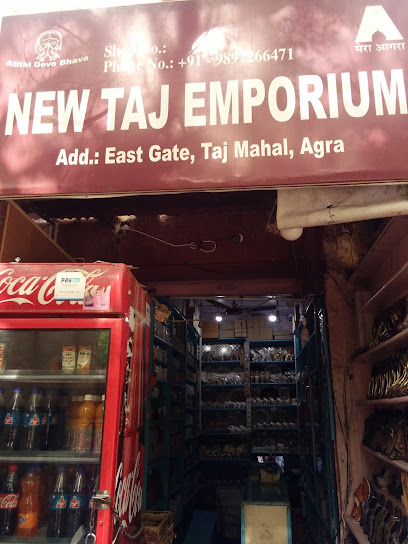
Marble Art &Handicrafts
1.0 km
Explore the exquisite craftsmanship of Marble Art & Handicrafts in Agra, where every piece tells a story of tradition and artistry.
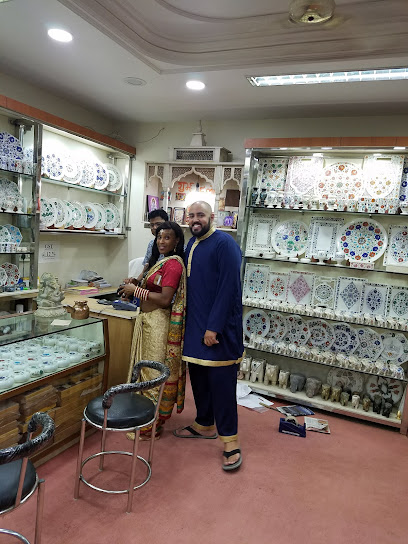
The Warehouse of Gifts & Souvenirs
1.0 km
Discover the essence of Agra with exquisite handcrafted gifts, clothing, and souvenirs at The Warehouse of Gifts & Souvenirs, a must-visit for travelers.
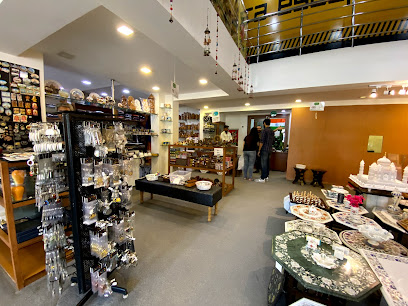
India Souvenir Collection @ The Warehouse
1.1 km
Explore the vibrant India Souvenir Collection at The Warehouse in Agra for authentic treasures and a taste of Indian culture.
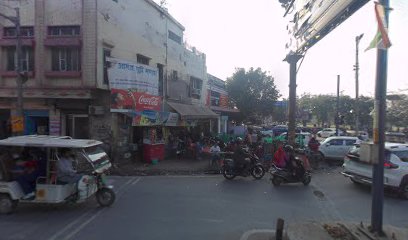
Taj Gallery
1.2 km
Explore the artistic charm of Taj Gallery in Agra, showcasing exquisite Indian handicrafts and art, just a stone's throw from the Taj Mahal.
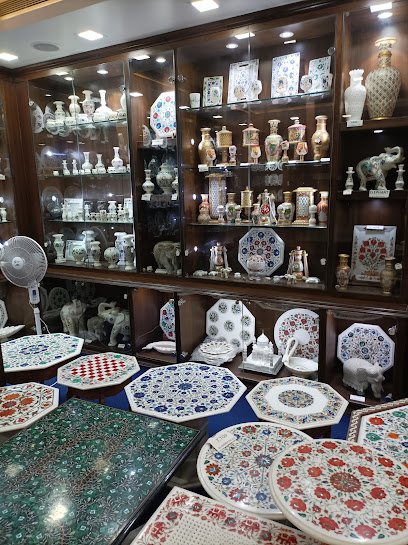
Unique Art Bazar
1.4 km
Explore Unique Art Bazar, Agra's vibrant home goods store filled with authentic Indian craftsmanship and local artistry.
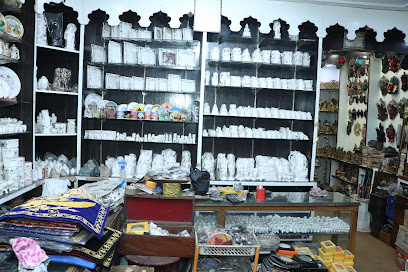
Organic India Store - Tajganj, Agra
1.5 km
Discover a treasure trove of organic products in Agra's Organic India Store, where wellness meets sustainability for conscious travelers.

Gem Jewellery & Handicraft Gallery
1.5 km
Explore exquisite jewelry, handicrafts, and paintings at the Gem Jewellery & Handicraft Gallery in Agra, a hub of Indian artistry.
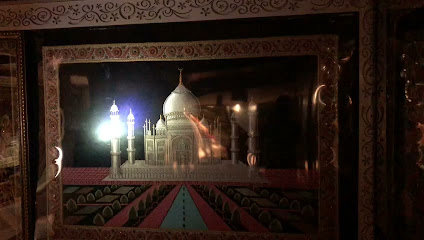
Gems & Art Gallery
1.5 km
Explore the rich craftsmanship at Gems & Art Gallery in Agra, a vibrant hub for unique jewelry, textiles, and local handicrafts.
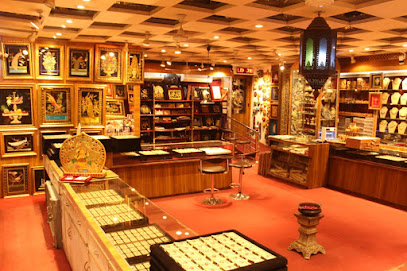
Firstcry.com Store Agra Fatehabad Road
1.5 km
Explore the Firstcry.com Store in Agra for a delightful range of baby products, ensuring quality and style for your little ones.

Marble Cottage
1.6 km
Explore the enchanting Marble Cottage in Agra for exquisite handicrafts and unique souvenirs reflecting the city's rich artistic heritage.
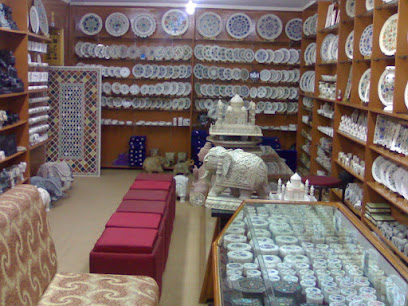
Unique Handicrafts
1.7 km
Explore Unique Handicrafts in Agra for exquisite Indian artistry and authentic souvenirs near the Taj Mahal.

ZUDIO - AGRA, FATEHABAD ROAD
2.0 km
Explore ZUDIO in Agra for stylish clothing and accessories that reflect the vibrant culture of India, perfect for every fashion enthusiast.
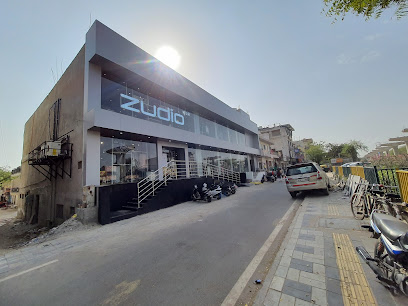
KINGS BY KSR - Best Clothing Shop
2.1 km
Explore the latest fashion trends at Kings by KSR, Agra's leading clothing store offering stylish apparel for all ages.

ONE TO FIVE DOLLAR SHOP, GIFT GALLERY
2.4 km
Explore Agra's ONE TO FIVE DOLLAR SHOP for unique souvenirs that capture the culture and charm of this iconic city, all at affordable prices.

Essential bars & hidden hideouts
Dharmendra Kumar
0.3 km
Experience the vibrant nightlife at Dharmendra Kumar Bar in Agra, where local flavors and a lively atmosphere await you.

Gee bar
0.9 km
Discover the vibrant nightlife of Agra at Gee Bar, where modern hospitality meets local charm.

The Bar
1.0 km
Experience luxury at The Bar in Oberoi Amarvilas, Agra, with exquisite cocktails and stunning views of the Taj Mahal.
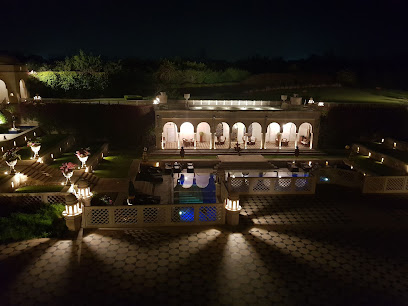
The Lounge
1.0 km
Experience unparalleled luxury and breathtaking views of the Taj Mahal at The Lounge, Oberoi Amarvilas—your serene escape in Agra.
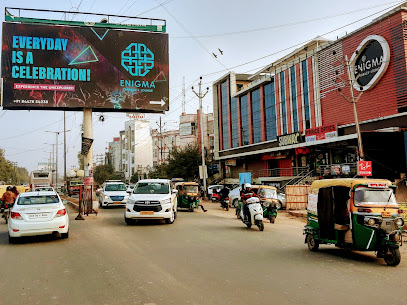
Pub Zee bar and lounge
1.4 km
Discover the lively atmosphere of Pub Zee Bar and Lounge in Agra, where delicious grilled dishes and vibrant nightlife await!
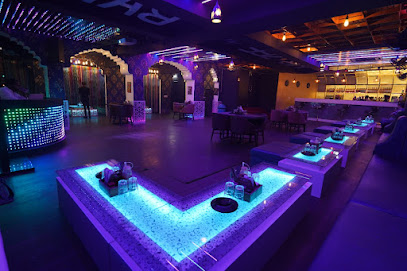
ITC Mughal, Maikhana - The Lobby Bar
1.6 km
Discover the rich flavors of Mughlai cuisine in an exquisite setting at Maikhana, ITC Mughal's luxurious lobby bar in Agra.

Two Saints Bar and Kitchen
1.7 km
Savor the flavors of India and beyond at Two Saints Bar and Kitchen, Agra's premier dining destination for food lovers.
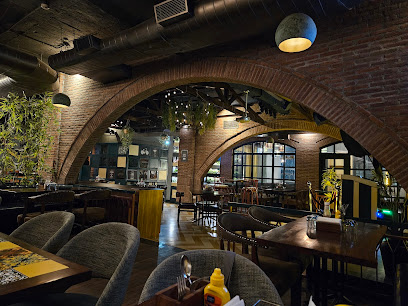
Cafe TC Agra
1.8 km
Experience the vibrant flavors and lively atmosphere at Café TC Agra, the perfect spot for tourists in search of great food and nightlife.

Patiala House Rooftop Cafe - Best Rooftop cafe in Fatehabad Road, Agra
1.9 km
Discover the ultimate rooftop dining experience at Patiala House Rooftop Cafe, offering stunning views and a delectable menu in Agra.

Level 4 Rooftop Lounge
2.3 km
Experience breathtaking views and delicious cuisine at Agra's premier rooftop lounge, where relaxation meets elegance.
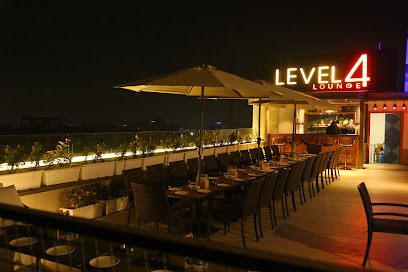
Cafe Chilam Bar & Bistro
2.4 km
Discover the perfect blend of local flavors and a cozy atmosphere at Cafe Chilam Bar & Bistro in Agra.
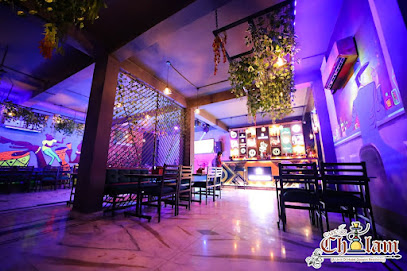
Club Rush
2.4 km
Discover the lively nightlife at Club Rush in Agra, where dining, dancing, and socializing come together for an unforgettable experience.

Onyx Bar
2.7 km
Experience the elegance of Onyx Bar in Agra, where sophisticated drinks meet a chic atmosphere for the perfect unwind after exploring iconic landmarks.

LORD OF THE DRINKS AGRA
2.9 km
Experience luxury at Lord of the Drinks Agra, where exquisite drinks meet a vibrant atmosphere for an unforgettable night out.

Molecule Agra
2.9 km
Experience exquisite dining and vibrant nightlife at Molecule Agra, the premier bar and restaurant in Agra's Tajganj.




